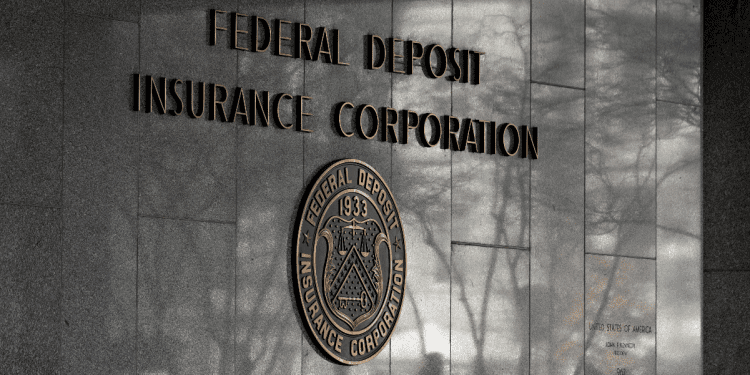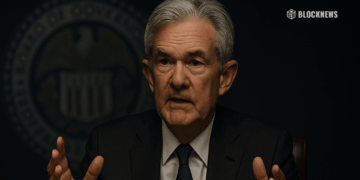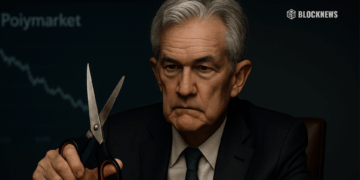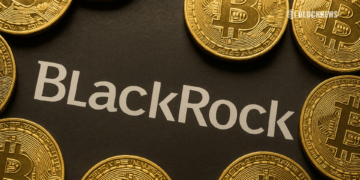- The FDIC highlighted the complexities of digital assets in its annual Risk Review, marking a significant shift in its attention towards cryptocurrency.
- Major concerns include the dynamic nature of crypto, potential fraud, legal uncertainties, and immature risk management practices.
- Special emphasis was placed on the vulnerabilities of stablecoins, as seen with Circle’s USDC deviation from its $1 peg after the Silicon Valley Bank’s closure.
The rise of digital currencies has caught the attention of regulators worldwide. In a recent move, the Federal Deposit Insurance Corporation (FDIC) has, for the first time, spotlighted the complexities and potential hazards of digital assets for the US financial system in its annual Risk Review.
For an institution that has traditionally focused on traditional banking risks, the inclusion of a segment on digital assets in the FDIC’s annual report is certainly groundbreaking. This section, though merely two pages in a comprehensive 92-page document, signifies the growing prominence and influence of cryptocurrencies within the financial space. It underscores the organization’s intent to keep abreast of the evolving financial landscape.
According to the FDIC, the expansion into this territory was triggered by the uptick in the number of banks venturing into the crypto sphere. As the body expressed, they’ve been “generally aware of the rising interest in crypto.” However, the acceleration of this interest necessitated a deeper exploration to better gauge the associated risks.
Crypto’s ‘Dynamic Nature’ and the Ambiguities It Poses
One of the standout concerns for the FDIC is the elusive and dynamic character of digital assets. While the fluidity and adaptability of cryptocurrencies might be seen as strengths by enthusiasts and investors, for a regulatory body, they translate into challenges. There’s difficulty in assessing how these assets might impact the broader financial system. The FDIC’s report pinpoints areas of ambiguity like potential fraud, legal uncertainties, and immature risk management practices within the sector.
These concerns aren’t merely theoretical. The organization’s actions reflect their apprehension. Not too long ago, the FDIC issued a cease and desist notice to Unbanked, Inc., a Georgia-based tech firm, for purportedly misleading claims regarding its insurance status. This underscores the FDIC’s proactive approach in ensuring that companies don’t mislead consumers about the protections they offer, particularly when it relates to digital currencies.
But the concerns don’t end there. The inherent interconnectedness within the crypto market can potentially aggregate risks for banks that choose to dive into this domain. This was painfully evident when Silvergate Bank and Signature Bank—both integral to the crypto world—folded earlier this year. Their operational cessation impacted the connected crypto firms that relied on these institutions to bridge them with America’s traditional banking system.
Stablecoins: A Stability Paradox
While cryptocurrencies as a whole pose challenges, the FDIC seems to reserve special concern for stablecoins. Even though these coins are often pegged to traditional assets, ostensibly making them ‘stable’, the FDIC argues that they are prone to runs. This vulnerability can wreak havoc on banks that hold stablecoin reserves, especially during rapid outflows.
The fragility of stablecoins was exhibited when Silicon Valley Bank (SVB) closed its doors. As a consequence, Circle’s USDC, a leading stablecoin, plummeted to 87 cents, straying from its $1 peg. This disruption was short-lived, thanks to the intervention of the Federal Reserve, U.S. Treasury, and FDIC, highlighting the pressing need for vigilant oversight.
Against the backdrop of these emerging risks, it’s evident that the FDIC, alongside other federal banking agencies, is gearing up to tighten the reins. While the objective isn’t to stifle innovation, the focus is clearly on ensuring that the merging of the crypto and traditional banking worlds doesn’t jeopardize the stability of the U.S. financial system.














